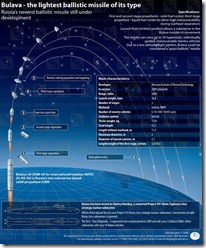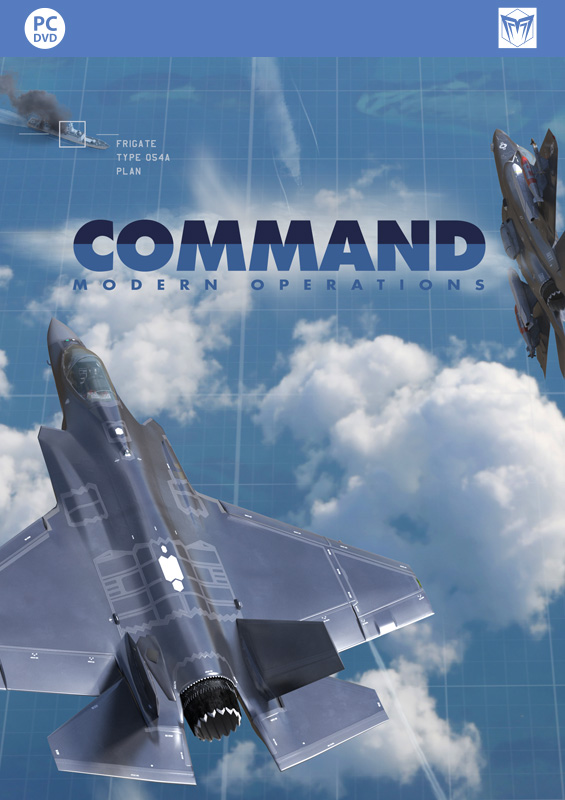IMINT & Analysis: New Chinese LPAR
SOC has an article on a newly constructed phased-array radar in western China:
he purpose of this radar system is not known, nor can it be determined by imagery alone. The location may provide some insight, as it is positioned in the western region. It may be positioned there to monitor Russian ballistic missile trials activity, or missile testing at Sary Shagan. Alternatively, it may be a space surveillance system intended to serve as a component in the developmental ASAT system.
An existing space-related LPAR has been identified in Xuanhua.
Return of the Skyraider?
Steve Trimble reports on the appearance of an interesting proposal by Air Tractor (a private US company) to convert its AT-802U crop-duster aircraft as a light COIN platform for employment in Iraq & Afghanistan.
The Air Tractor AT-802U is now en route from Olney, Texas, to Le Bourget, France, to be unveiled at the Paris Air Show, said Lee Jackson, design engineer.
Featuring an armored fuselage, a 10hr loiter time and the ability to haul more than 8,000lb of payload, unarmed AT-802Us have been operated by the US State Department in South America since 2002 eradicating drug crops, Jackson said.
Air Tractor is now offering the weaponized AT-802U Air Truck to the US Air Force and other militaries to serve as a a trainer/light attack fighter. After its international debut in Paris, the PT6A-67F-powered turboprop will return to Olney for a series of wepaons and sensor integration trials, he said.
To those who recall the very effective service of the A-1 Skyraider during the Vietnam conflict, the concept of a light prop-driven airframe as a COIN asset is likely to be welcome.
Russian navy to get big budget boost
Ares reports that the Russian navy, and particular its submarine force, is to get the lion’s share of the defense budget in the forthcoming years.
[…] more than 40% of the Defense Ministry budget will be spent on the navy, with emphasis on strategic nuclear forces.
“It is much more than is being spent on strategic missile forces, space forces and the air force combined. It is hundreds of billions of rubles”, said Ivanov, adding that the navy funding will be mainly spent for strategic nuclear submarines.
The focus on submarines comes as little surprise for those who have been watching the Russian navy’s budget over the lean years of the 90s and early 2000s; even when the funds were reduced to a trickle, submarines would snatch almost all of it (this BTW explains, to a significant extent, the collapse of virtually the entire surface fleet).
What is a surprise is that, overall, the navy is getting a significantly larger chunk of the overall budget this time around. Traditionally (including most of the Soviet period) the bulk of the budget was shared between the Strategic Rocket Forces, the Army and the Air Force, with the Navy getting the leftovers. It is possible that this shift signals a realization, from the Russian leadership’s part, of the growing importance of the naval arm in light of the emerging importance of the Arctic regions, as well as the new opportunities for influencing the trade routes emanating from China (it will be particularly interesting to watch the division of assets between the Northern and Pacific fleets in the coming years).
Interesting times indeed.
Bulava delayed – again
 Pavel Podvig reports that the service introduction date for the Bulava SLBM has been again delayed:
Pavel Podvig reports that the service introduction date for the Bulava SLBM has been again delayed:
2010 still seems to be possible, although this time caution suggests that 2011 might be a more realistic date.
Luckily for the Russian navy, the Sineva program (upgraded RSM-54/SS-N-23) is proceeding without known problems with installation on overhauled Delta-IV submarines, and should thus be able to partially compensate for Bulava’s delays.
China gearing up for carrier construction
 UPI Asia reports on an increasing amount of evidence that the first Chinese aircraft carrier will begin construction within this year.
UPI Asia reports on an increasing amount of evidence that the first Chinese aircraft carrier will begin construction within this year.
Dock No. 3 is 580 meters long, 120 meters wide, and completely encircled by a wall at least 2.5 meters high. A giant gantry crane has been built, with a capacity to lift at least 600 tons. The dock is large enough to build a medium-sized conventional aircraft carrier similar to the Russian Admiral Kuznetsov class with a light load displacement of about 50,000 tons.
This is a development expected for a few years now, as maritime trade has assumed an ever-growing percentage of Chinese GDP. Contrary to what many assume, Chinese aircraft carriers are probably not a “conquer Taiwan” weapon; they are far more likely to be used to exercise sea control over China’s vulnerable trade routes. A carrier design fashioned after the Kusnetsov (a strongly defensive asset , with minimal power-projection capability) is a more suitable candidate than traditional Western flat-tops for such a mission, and possibly a more cost-effective one.





